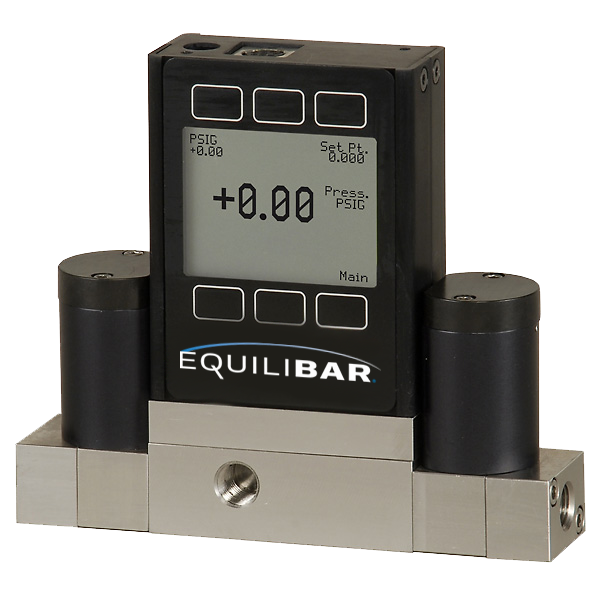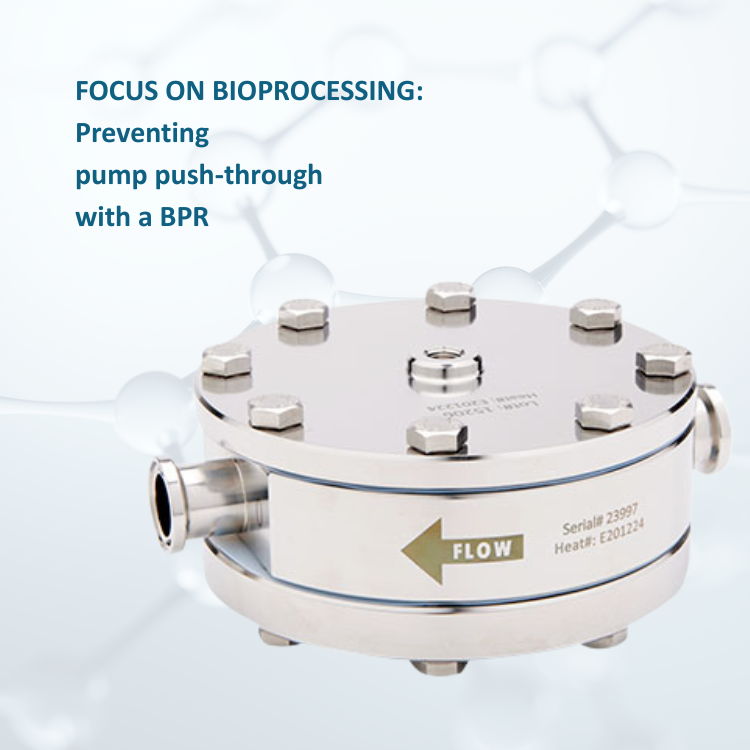Equilibar’s new EPR-3000 high pressure electronic controller offers a significant technological advance for electronic pressure control above 1000 psig.
“Many of our customers have asked for automation solutions for applications involving pressure above 1000 psig,” said Equilibar engineering manager Tony Tang. “The EPR-3000 is a great solution for these applications. It accurately and efficiently controls pressure within a closed system with a minimum loss of expensive gases through the exhaust process.”
The EPR-3000 features dual analog construction, digital or analog communications with keypad option, and very high resolution with .25% accuracy. It is designed for static or low-flow applications of inert gas such as nitrogen or air. One common application is to provide a high pressure pilot signal for dome-loaded regulators, making it possible to precisely control conditions even with highly varying process flow rates.
“The EPR-3000 offers advantages in terms of precision as well as convenience,” Tang said. “We believe it will quickly become a popular choice, especially for research applications such as those involving catalyst reactors.”
For more information about the EPR-3000, please see our High Pressure Electronic Controller page or contact one of our applications engineers at inquiry@equilibar.com . We look forward to hearing from you.



